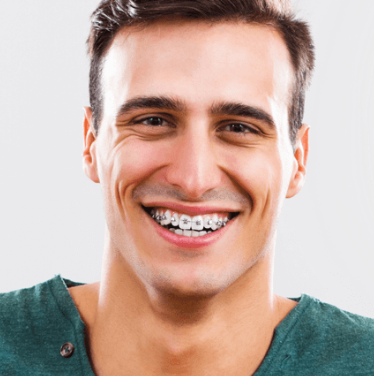
About the Business
Watford Orthodontics is headed up by Dr Daljit Gill, a specialist orthodontist and consultant orthodontist at Great Ormond Street Hospital. Working alongside Dr Gill are Dr Hemendra Shah and Lynelle Mordue. Our team of extremely experienced and highly qualified orthodontists are committed to achieving the very best teeth straightening results for each of our patients. All our clinicians have many years of experience providing orthodontic treatment. Our practice is dedicated to the delivery of orthodontic treatment.
At Watford Orthodontics we offer a caring service. All our staff are hand-picked because of their professional caring attitude towards whole patient care. You will be provided with all the information you require about your treatment in order to make an informed decision. We treat both adults and children. Because orthodontics can be undertaken at any age and appliances are increasingly acceptable, more and more adults are requesting treatment.
A wide range of aesthetic appliances, including invisible appliances, are available to cater for individual needs. A full explanation of treatment including treatment options, risks and benefits improves patient satisfaction and is provided for all NHS and private patients. For private patients, the cost of treatment can be spread out over the treatment period to help make treatment more affordable.
Business Services

Private Orthodontic Treatment
At Watford Orthodontics, we treat children, teens and adults for orthodontic problems. Some of our patients present to us with major orthodontic problems affecting both their teeth and jaws – these are known as malocclusions or bad bites.

Braces
Fixed appliance treatment is the most precise way to control tooth movement to achieve the perfect smile. There are three main components to such appliances including the brackets (which are attached to the teeth), archwires (the wires placed into the brackets) and auxiliaries such as elastics. The bracket helps to determine the final tooth position. The archwire acts as the motor and places the necessary forces to initiate and sustain tooth movement. The brackets can be made of metal or tooth-coloured ceramic materials.
Sometimes dental extractions have to be undertaken by the general dentist before starting fixed appliance treatment if space is required to correct tooth positions. The placement of fixed appliances is pain free and does not involve dental injections. Adjustments are typically undertaken at six-weekly intervals. Sometimes breakages can occur and appointments have to scheduled between the main visits.
The duration of fixed appliance treatment can vary between 6–18 months depending on the complexity of the case. There is some discomfort for 3–4 days following placement of fixed appliances which can be controlled by mild pain killers (e.g. paracetamol). The risks of fixed appliance treatment include dental decay (if there is excessive sugar within the diet and if tooth brushing is poor) and slight root shortening which is frequently minimal.
The wires used to align teeth are commonly termed 'archwires'. These are made of metal (stainless steel or nickel–titanium) materials. They can be covered with tooth coloured coatings to make them less obvious. However, these coatings do have a tendency to decay between visits and may slow tooth movement.
Location & Hours

Wilmington Close

